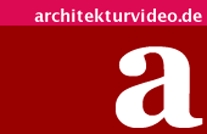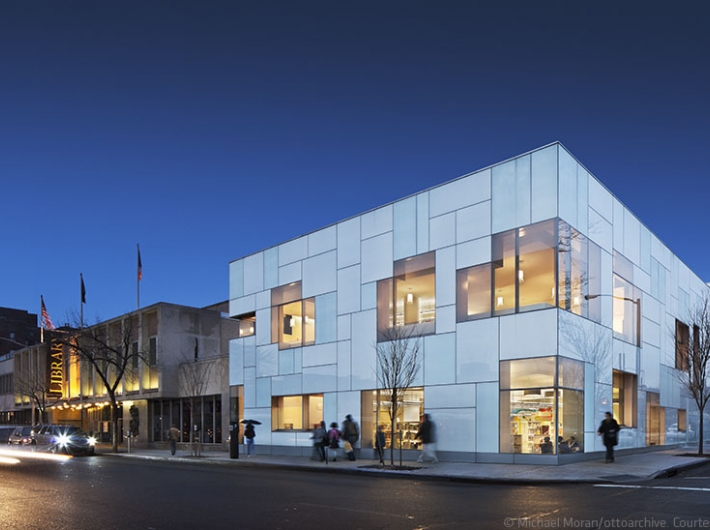Boogertmann + Partners - Soccer City Stadium - Johannesburg
- Exterior view with downtown © Boogertman Urban Edge and Partners in partnership with Populous
- Interior view of the exterior facade © fibreC by Rieder
- Colors in tune with the surroundings © fibreC by Rieder
- The coloring continues outside © fibreC by Rieder
- Facade in the making © fibreC by Rieder
- Another interior view of the facade's mosaic (in the making) © fibreC by Rieder
Right at the heart of South African megacity Johannesburg, half way between Township Soweto and downtown, you will find the FNB (First National Bank) stadium known as Soccer City. Re-built for the 2010 world cup, it is today Africa's largest soccer stadium and one of the world's most impressive stadiums.
A Calabash with symbolic Power
Already the original stadium, opened in 1989, was a place of symbolic meaning. Nelson Mandela's first mass rally after his release from prison took place here. Apart from that, it was the first stadium in Africa capable of carrying out soccer matches of an international scale.
This symbolic power was one of the reasons why the stadium was not completely demolished and newly built during the preparations for the soccer world cup 2010, but enlarged and modernized with a lot of money and effort. After the measures, started in 2007, the stadium now provides nearly 15,000 more seats, so that 94,700 people can find seats here, turning Soccer City to Africa's largest soccer stadium.
Another important part of the re-building measures, supervised by South African architectural firm Boogertmann + Partners, was the re-design of the outer facade. With a mosaic of thousands of glass fiber concrete boards in eight different earth colors from Rieder company (Austria), a spectacular facade was created. It resembles the shape of a calabash, the typical African drinking vessel. With this shape not only South Africa, but also the whole African continent introduced itself to the audience of the soccer world cup 2010.
A German roof over African Terrain
June: Summer in Europe, season for thunder storms and rain in South Africa. In order to not expose the international audience to the rain, but also to provide protection from the sun, all tiers of Soccer City were roofed before the world cup kick-off. In order to realize the organically curved shape of a calabash, architects and engineers required special know-how and skills. The challenge was taken on by Stuttgart-based Schlaich Bergermann und Partner engineering firm.
Schlaich, Bergermann und Partner, who were also involved in creating the roof of Munich Olympic Stadium, developed a curbed roof construction with an outer diameter of 300 meters in Johannesburg. 40 meters above the lawn, a projected roof protrudes into the stadium for 36 meters. Held by trussed girds running all around, the roof is double-coated with membranes. The top PTFE-membrane allows a clear soffit. Between the membranes, room was created for required technical installations and the lighting system.
More than Soccer
The re-construction has not only altered the outside appearance of Soccer City. About 15,000 new seats were created. This was achieved by expanding the main stand, but also by creating a completely new tier. Hence, the stadium today has three tiers.
From all seats, viewers have an unblocked view on what's going on on the field, no seat is further away from the field than 100 meters. 6,000 business seats, 99 VIP lounges, numerous restaurants and even a soccer museum complete the "soccer" experience in this stadium. But not only the audience was a concern. New warming up areas, locker rooms and sanitary installations in the substructure turn a match in this stadium into an experience also for the athletes. Apart from that, new offices, TV studios and a modern broadcasting center were built.
All in all, 321 million Euro were the costs for re-building and modernizing the FNB stadium. With a well-thought-out and modern architecture, Boogertmann + Partners have created a symbol for a modern Africa, a soccer arena, harmoniously integrated into its surroundings, providing a worthy frame for the most important matches and events of the soccer world cup 2010. Today, Soccer City is home of Kaizer Chiefs soccer club, venue of several Rugby matches and Rock and Pop concerts. It seems that the sustainable usage concept takes effect and the calabash does not stay empty after all the hustle and bustle is gone.































es un estadio muy bonito.
la gama de colores, me agrada!